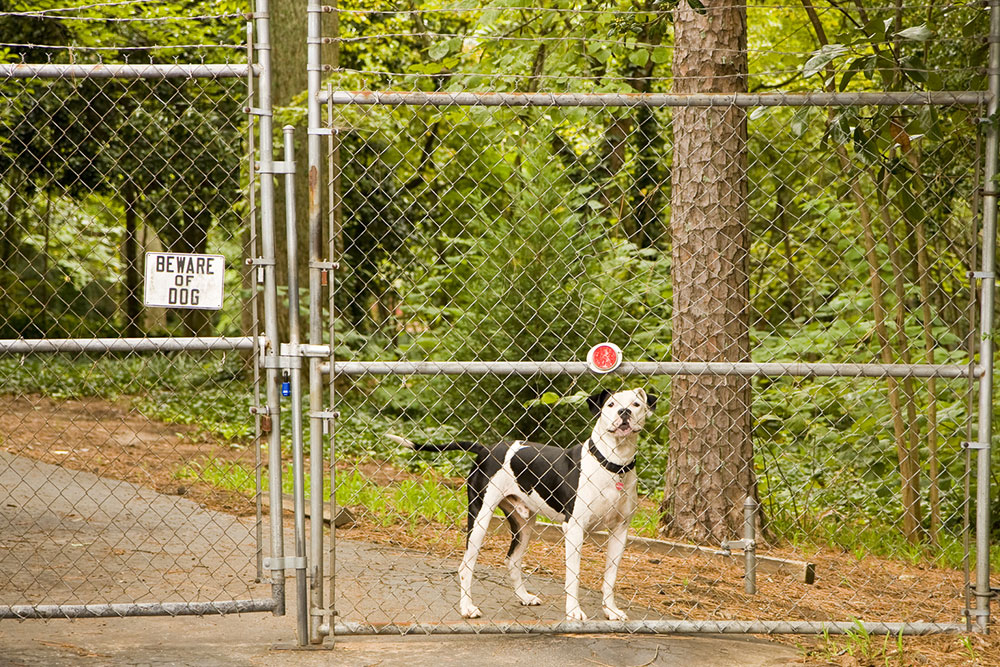10 dog food deals to check out on Black Friday 2022
Your furry friend is a faithful companion through thick and thin and looks up to you for care and nourishment. The good news is that most of the essential nutrients your dog requires can be derived from food sources. Premier dog food companies provide foods catering to animals of different age groups and breeds, integrating taste and nutrition. Here are some dog foods you can get at discounted prices on Black Friday 2022: CESAR Wet Food Classic Loaf in Sauce Prepared with the finest ingredients curated for your dog’s health, CESAR Wet Food is available in duck and grilled chicken varieties. This multipack is rich in protein, crude fat, and fiber, providing your dog with the energy it requires to play and thrive. Nutro Ultra Large Breed Adult Dry Dog Food This dog food pack comprises protein from lamb, chicken, and salmon, together with a blend of 15 superfoods, including chia, coconut, kale, and blueberries. Moreover, it does not contain any artificial flavors or preservatives. Last year, the brand offered a 30% discount on a few products. Merrick Oven-Baked Natural Crunchy Dog Treats These scrumptious dog food packs are available in different flavors made of natural kitchen ingredients. The Grammy Pot Pie flavor consists of carrots, real chicken, and peas, making for a delicious and nutritious feast for your pet.
Read More 









